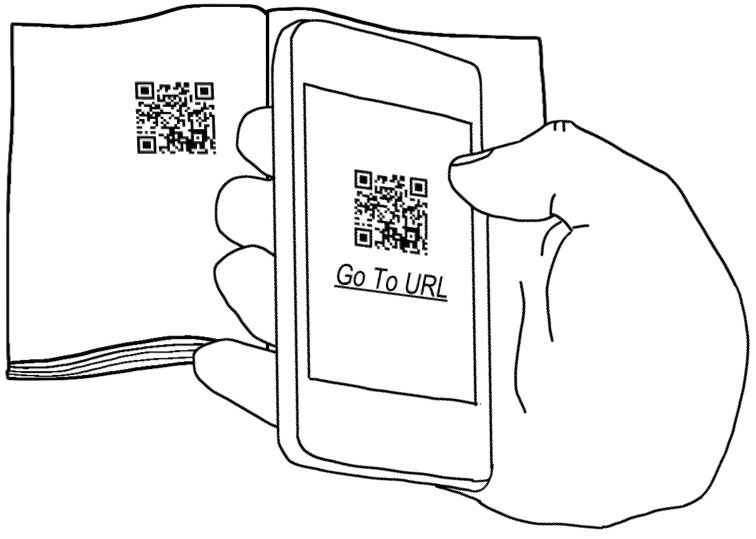QR codes often get a bad rap these days. The ugly little boxes appear everywhere and to many, they seem to be a waste of time and space. But the reality of QR codes is like any tool - the value is determined by how it’s used. When used effectively, QR codes bridge online and offline worlds by making it easier to use a mobile phone to visit a webpage, for example.
QR Codes in Books - Why?
My book The Art of Explanation recently hit the shelves. It is based on our work at Common Craft and throughout it I reference specific Common Craft videos as examples. The question became: how do we make it easy to watch the video instead of just reading about it in the paperback version? Our answer: QR Codes. By including QR codes along with references to videos, we could give readers an option to point their mobile phone at a printed page and watch a video on the Common Craft website within seconds.

Priority on Mobile
A couple of things made this work. First, the Common Craft website has a “responsive” design. This means that it automatically reacts to different screen sizes and makes for a more usable experience on a mobile phone. Second, our videos are designed to play reliably on mobile devices. Getting this right was key - the mobile experience had to work well.
Did it work?
Yes, readers are using the QR codes. Over the last three months (Oct. 6th - Jan 6th) we’ve seen over 600 unique visitors, 1200 total visits and 1900 pageviews via QR codes. I don’t know what we should expect, but I’m happy with the results so far (more data below).
How Do We Know?
A problem with QR codes is that they make it difficult to collect data. When someone visits our website from a phone, Google Analytics can track that a phone was used - but it doesn’t know what actions the user took to make that happen. We don’t know if they typed a URL or scanned a code. QR code use is hidden.
Thankfully there is a workaround that involves creating trackable URLs, which I detailed in this post. The idea is to assign the QR code a URL that gives Google Analytics data it can can use. Here’s an example with the "source" indicator highlighted:
Because I used these URLs, I can simply filter Google Analytics by the “book” source and see data on visitors from QR codes. Here’s a summary of what we know, again Oct 6 - Jan 6th:
Traffic:
Total Pageviews: 1,900+
Total Visits: 1,200+
Total Unique Visitors: 600+
Top 5 Devices in visits (iPhone wins by a mile):
iPhone: 800 visits
iPad: 68 visits
(not set): 35 visits
Samsung Galaxy Note: 28 visits
Motorola Droid: 20 visits
Visit Duration by Devices (iPhone users stick around):
iPhone: 09:54:06
iPad: 03:23:13
(not set): 00:27:45
Samsung Galaxy Note: 00:48:18
Motorola Droid: 00:23:44
Top 5 Videos in page views (Generally follows order in the book):
QR Codes 426
Plagiarism 174
Twitter 133
Dropbox 100
Stock Markets 72
Unfortunately my data are limited to visits and not actual video views - I don’t know who came from the book and clicked “play”. However, I do think it’s valuable to know that people are indeed using the QR codes and visiting the Common Craft website. In the end, that’s what we wanted - to create a useful experience for the reader and give them a reason to visit our site.
A Final Note: We also have an “enhanced” ebook that has the videos embedded directly in the book. Both the enhanced ebook and QR codes are fairly new to publishers and there are some wrinkles. For instance - how do you account for a normal (e-ink) Kindle book that's not able to play videos? It seems strange to have QR codes in an e-reader, but the fact is that many of the e-readers can't handle multimedia - yet. I proposed making the QR codes clickable image files so the option was there to click-through, but it didn't work out. While QR codes are great for now, what has me really excited is the future of enhanced ebooks - more on that later.